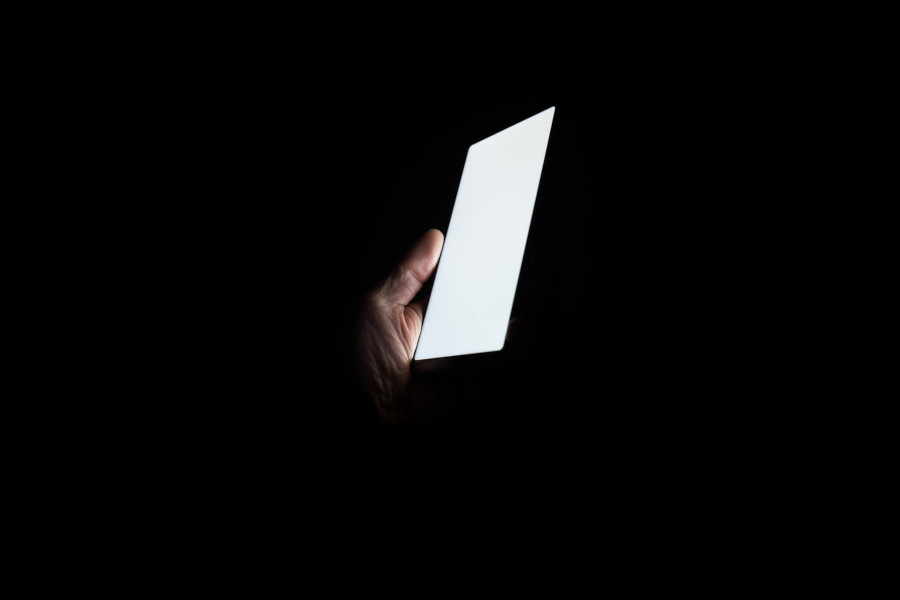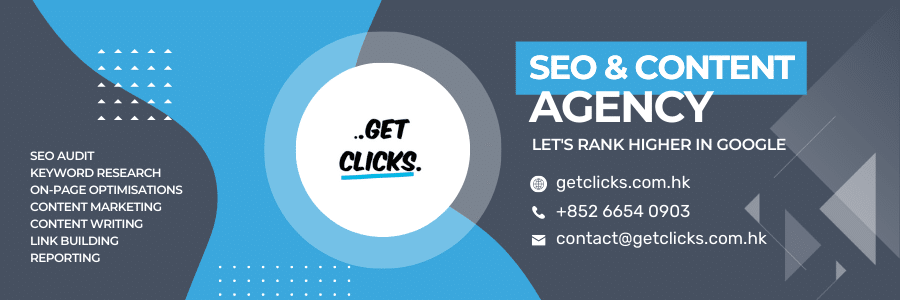Last week we talked about how Awareness Leads to Actions. Yet, the road from awareness to actions requires a huge effort and almost a big leap of faith. In the first week’s article, I promised that “I WILL help you realise your new year resolutions with minimum effort.” So, today I am going to reveal the tricks.
During my professional coaching work, I have observed a certain pattern among my clients when the magical turning point, the transformation or shift of mindset happens. I always feel the excitement within me with the anticipation of this ‘aha’ moment coming. The key to the door of all possibilities is ACCEPTANCE.
Accepting that certain things happened to us allows us to begin the healing process. Accepting who we are and where we are now, offers us the integrity to find tailormade solutions for ourselves. Yet, acceptance of what has happened to us does not mean we have to condone negative experiences.
Acceptance is about giving up the hope that things in the past could be any different. Instead, acceptance leads us to shift our HOPE and ENERGY to creating a better future.
Acceptance allows you to plan for a goal practically
When we change our actions, we change the outcome. We all understand it. However, our actions could likely be easily interrupted by external factors if we have not set the motions.
Laziness is human nature, and we tend to want to do less difficult things. To change our behaviours, or develop a new habit, we need to create as little resistance or friction as possible, to build that momentum or motion for the actions to follow. Acceptance helps us understand the unique situation and set the best motions to help us ease into the actions of achieving our goal.

For example, if everyone is talking about getting up at 5am to go for a run, but you work shifts, it is impossible for you to achieve the goal. Once you accept that your current situation is the way it is, you can find something that works for you, not something that is most popular. This also involves self-acceptance, the understanding that being unable to do what someone else is doing is not failure on your part, but simply dependent on your situation.
Acceptance allows you to adapt to your environment
As a former post-natal therapist, I have worked with many mothers, first, second, and even third-timers. The prime objective these mothers shared with me was to lose weight and return to their pre-pregnancy figure. However, only those mothers who managed to lose their pregnancy weight were those who ACCEPTED the changes in their circumstances. That is, that once the baby arrives, their identity has changed.

The matter is motivation versus environmental facilitations. It does not matter how motivated the new mother is. The new environment (i.e., demands of a newborn and recovering from childbirth) means it is nearly impossible to commute to the gym and put in an hour or two of workouts several times a week. But, if you accept your situation, you will adapt and set the motions that are working in line with your environment, making it a lot easier to ease into the actions.
Habit building involves small daily actions
Some mothers can only do a few minutes of exercise here and there. Still, if they insist on doing it every day, they can eventually lose all their pregnancy fat, and become fitter than ever. They can develop a habit they can no longer get rid of, that is, to exercise daily, whenever and wherever works for them. It is so hard, really, really hard, to drag our body to the gym after a sleepless night feeding the baby around the clock. Indeed, many parents cannot manage to leave home, or think of rushing home the whole time they’re out, but it is almost effortless to do a five-minute workout when the baby is napping.
Neurological science has shown that our brains fire a signal every time we do something. Being consistent in firing the same signal when we’re forming a new habit builds a brand new neural network. Soon, our body goes into default mode. If you can develop a habit of exercising for five minutes every day, since you build it from small actions, you can almost effortlessly set the motions for a sustainable practice built into your lifestyle. The momentum will help you last in the long run. In other words, once we accept the limitations in our situation, we can adapt to our environment to make it easiest for us to START A NEW HABIT.
How to eliminate a bad habit

Similarly, if your resolution is to remove a bad habit, you can also reverse the course by setting a motion that makes it HARDER for you to do certain actions. For example, how many of us have the bad habit of checking the phone as soon as we open our eyes? Well, make the action harder. Leave your phone out of your reach before you go to bed. Leave a notepad and a pen instead by your bedside so that the next time you think of something, you can write it down instead of rushing to email someone.
Finding it hard not to eat that junk food in the office at 4pm? Yes, that is almost too hard a habit to get rid of. This is because at 4pm, our energy levels drain. The convenient, low-energy junk food calls our names. I remember my colleagues and I used to get the most disgusting snacks we could find at the airport whenever we went for a business trip. Yet, my colleagues still flew to them like flies. Because we are THAT WEAK at that hour of the day. So, accept that is the case, and set a motion to act otherwise.
Plan something that is around MOVING YOUR BODY. It can be as easy as doing all the photocopying tasks or footwork around that hour. Invite a colleague for a talk-and-walk meeting instead. Plant yourself away from the junk food around that hour, so that it becomes HARDER to reach it.
Why are these little actions we take towards a goal so powerful, and their effects long-lasting? Because we are not only working towards the end goal, but we are sculpting ourselves a brand new identity. If I ask you to give me $1,000, it can sound very hard, but if I ask you to give me $1 every day, the resistance becomes nearly zero because it’s effortless for you. Soon, from someone who hardly parts with money, you become someone who gives on a daily basis. In short, focus on the identity you’re building instead of the outcome.
Meditation creates the foundation for acceptance

Meditation is about going inward and becoming familiar with your inner self, your emotions, and finally, the messages or inspirations you can receive from the universe when you are in that state.
Meditation helps us understand our emotions as markers of our feelings which lead to our decisions. If we are connected with our inner self, we find the answers to our motivations and actions. Have you ever heard of this saying? “When you pray, you get questions; when you meditate, you get answers.”
Imagine the ocean. It does not matter if there are angry waves that storms have inflicted; deep down the ocean is always calm. Whenever I want to meditate in a chaotic environment, I picture the wild, angry sea with waves a few metres high. But knowing that the deep waters are serene, I imagine myself as a mermaid and dive deep until I get to that calm and silent sea. There is another saying: the stiller the puddle, the deeper we can see. This is exactly that; we can only see within ourselves when we can get to that place. Picture the space between your ears, behind your eyes, at the back of your head as the space in the galaxy.
Elevate your energy to change your habits
Try the Elevator Method to elevate your energy. Enter the elevator. You are the only one in it, and it isolates you from the outside world, noise, and people. The control panel shows the buttons of your various emotions, both the bad and good ones, such as anger, frustration, fear, anxiety, worries, guilt, pain, jealousy, joy, happiness, gratitude, compassion, kindness, love, forgiveness…
Where do you want to go from here? The buttons that represent negative emotions are descending while the positive ones are ascending. This is because going up requires much more energy to power the vessel. Choose the emotion button you want, and then picture something in your mind that make you feel that emotion. This is how we light up the button.
Which button are you going to press?
Going up? Or diving down?
The choice is always yours.
💡 Read more advice from Shirley Johnson on mental fitness 💡

Shirley Johnson is a certified transformational life coach and award-winning inspirational author. Her qualifications in yoga, pre and postnatal wellness, neurolinguistic programming, hypnotherapy and Reiki allow her to guide people in healing their past and building the future they truly desire.
With a background in luxury retailing, Shirley has a “thing” for beauty and aesthetics, which led her to a career in designing eco-friendly fashion accessories. A dedicated mother of two, her son’s brain cancer journey has taught her that the right mindset can conquer all. She shares her learnings to help others turn adversities into opportunities, and suffering into healing.
Learn more about Shirley Johnson at www.radiancewithin.us or contact her at lifecoachshirleyjohnson@gmail.com.
Disclaimer: The opinions expressed in this publication are those of the authors and do not necessarily represent the views of The HK HUB.
Header image credits: Giulia Bertelli via Unsplash




Add comment